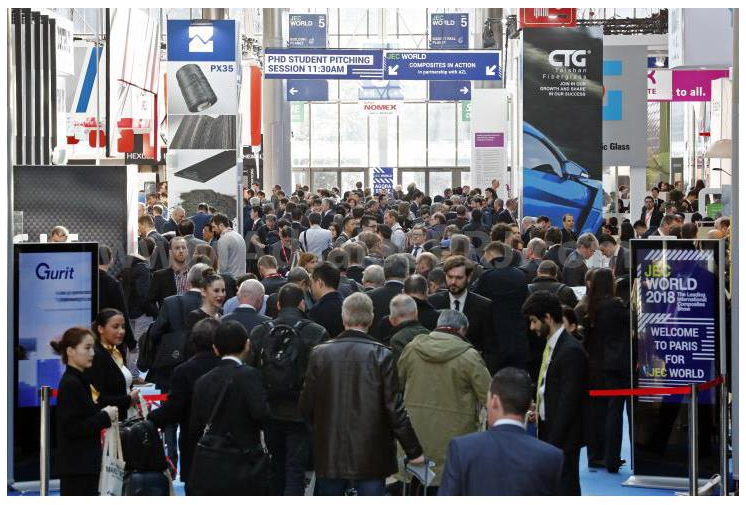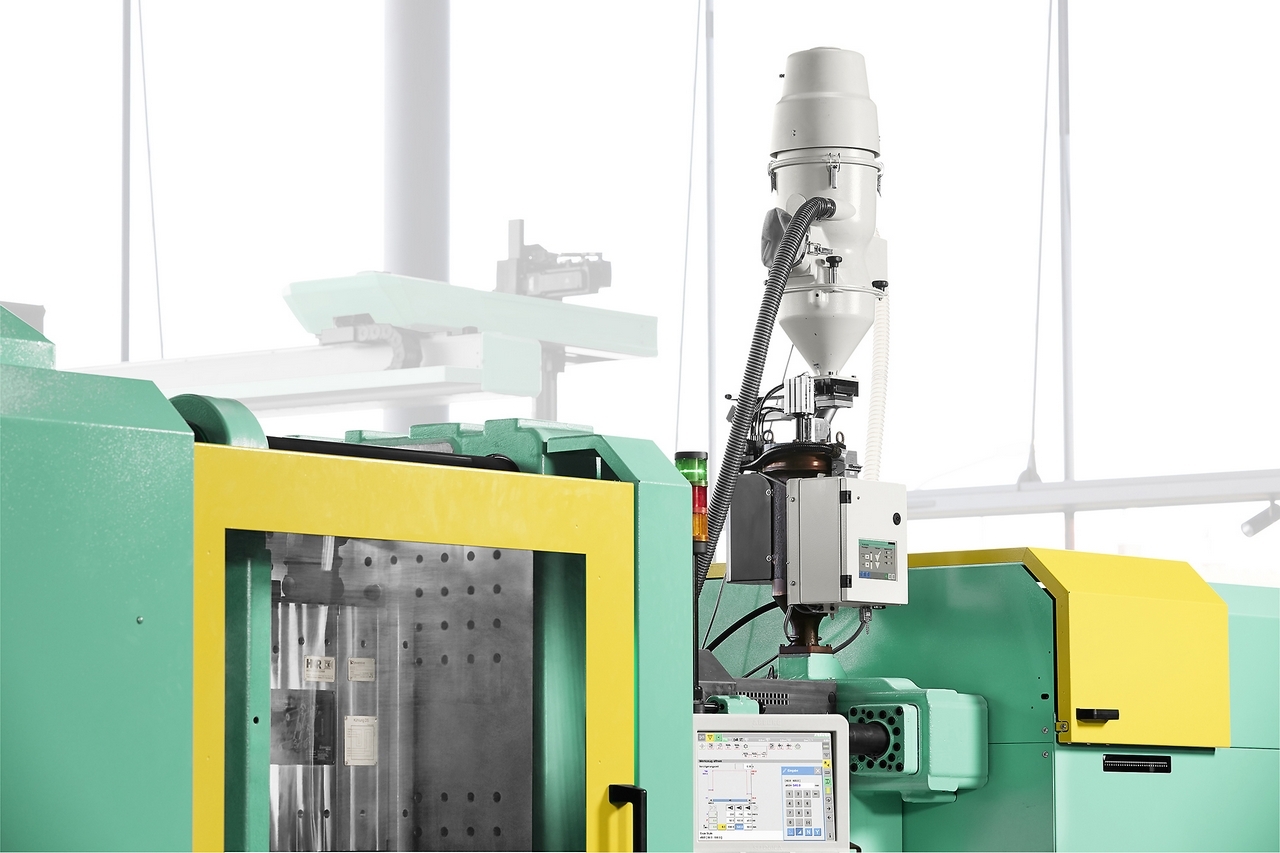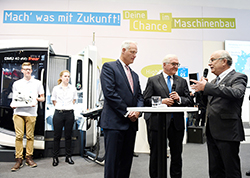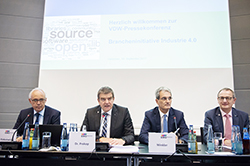뉴스 News
Feature
news
Feature
Aeyoung Park
2018-04-12
Aeyoung Park
2018-03-19
Aeyoung Park
2018-02-26
Aeyoung Park
2018-02-02
Aeyoung Park
2017-12-28
Ms. Kang
2017-09-22
Ms. Kang
2017-09-22
Ms. Kang
2017-09-22


















